In a recent New York Times column, Mara Gay revealed the details from a never-released report that showed “the number of people killed by police activity in New York is more than twice what has been reported.” Led by Mary Bassett, former New York City health commissioner and current director of the François-Xavier Bagnoud Center for Health and Human Rights at Harvard University, the Health Department “identified 105 people killed by the police or police activity during the period from 2010 to 2015, more than double the 46 the agency had publicly reported for those years.” The reasons for the undercount varied. “The city’s official count often excludes people who die in incidents related to police activity,” as Gay explained in the column. “In some cases, police activity wasn’t indicated on medical examiner reports, leading the Health Department to misclassify the deaths.” Regardless of the reasons, this sort of undercounting sheds light on why data-centered police reforms repeatedly fall short.
At the heart of many police reform arguments is accountability. But to hold the police accountable for misconduct, data related to police violence must not only become more accessible, it must also become more reliable. But what if this is just not possible? What if we cannot ever rely on this data to be true? The broader problems about measuring crime amongst the general population are magnified when we attempt to gather information about crimes committed by the police. Verifiable measures, such as arrest rates and incarceration rates, neither of which truly indicate if a crime was actually committed, are often reserved for the policed not the police. And, so long as police departments have any influence on reporting or recording crime, even independent, credentialed bodies will be unsuccessful in their effort to collect and publish accurate accounts.
The police have a long history of manipulating data-centered reforms for its benefit. Overreporting crime statistics can often reap financial rewards and more power for police departments. For example, responding to public concern about the steady rise in youths arrested in New York City, the New York Police Department (NYPD) integrated the Crime Prevention Bureau as an official part in 1931. The Bureau was tasked to control crime- contributing community conditions and to treat “potential delinquents.” These discretionary undertakings by the police, especially the latter, gave police the authority to expand its surveillance powers and to increase direct contact with young people throughout the city. For the policed, the results were catastrophic. In the first three years, the Crime Prevention Bureau expanded its caseload by 50 percent and reached its peak in 1933 at roughly 15,000 cases. But, according to then Mayor Fiorello La Guardia, these numbers still did not justify their expenses. The Crime Prevention Bureau was reorganized under a new director and renamed the Juvenile Aid Bureau (JAB) in 1934. Needing more cases to justify its existence, JAB expanded its referral- based list of potential delinquents to include “any youths who engaged in acts that could ultimately bring them into conflict with the law.” This broadened definition had the desired effect, and by the end of the decade, according to a 1947 New York University case study, the Bureau reported more than 66,000 cases, and potential delinquents made up almost 90 percent of the caseload; the annual budget increased from $346,000 to $500,000.
Similarly, underreporting police violence allows the police to elude public criticism and to combat reform efforts aimed at limiting police power. In January 1964, on the eve of the World’s Fair, top law enforcement officials from New York, including then governor Nelson A. Rockefeller, agreed on the terms to increase police power with two bills, stop-and-frisk and no- knock. This happened against a backdrop of police brutality calls from Black New Yorkers. “Police brutality in our city is not a problem which began or ended with the World’s Fair,” James.
Farmer, the national director of the Congress for Racial Equality (CORE) declared. In an April 1964 issue of the New York Times, Farmer concluded that excessive police force was “an ongoing problem of police violence against individual Negroes and Puerto Rican[s] unjustified and unprovoked.” But according to Police Commissioner Michael J. Murphy, this was not the case. In a speech, Commissioner Murphy declared that there was “no pattern of brutality in the New York City Police Department. There has not been – there will never be.” Despite Murphy’s claims, less than three months later, James Powell, a 15-year-old Black New Yorker, was shot and killed by a white, police lieutenant in Harlem igniting an uprising in the city.
The Harlem uprising of 1964 was one of the roughly 750 of revolts within a ten-year span sparked by an incident of police violence. President Lyndon B. Johnson recognized the urgency of the matter and sought to address the role police brutality played in these uprisings when he ordered the National Advisory Commission on Civil Disorders, more popularly known as the Kerner Commission in 1967. The completed report called for improved police training as well as basic data collection on the underlying conditions driving the divide between Black and white citizens. The recommended reforms were largely ignored.
That was more than 50 years ago.
“When we look at the history of policing,” Khalil Gibran Muhammad, professor of history, race, and public policy at the Harvard Kennedy School explained on a recent Democracy Now interview, “We have run out of options in terms of reform, in terms of thinking about what the police can do for themselves.” Data-centered reforms will not work because the police cannot be impartial collectors of data.
Certainly, a critical admission in the recent Executive Order on Safe Policing for Safe Communities is the lack of transparency. The President acknowledged the need to share information “concerning instances of excessive use of force related to law enforcement matters, [while] accounting for applicable privacy and due process rights.” But that is the problem. The police use “privacy” and “due process” as protective buffers that allow them to publish their own reports on their own terms. “For nearly three years,” according to Gay, “leadership at the city’s Health Department, Police Department and Medical Examiner’s Office knew the city was underreporting police-involved deaths, but said nothing.”
Surely the NYPD is no exception.
The Brookings Institution is committed to quality, independence, and impact.
We are supported by a diverse array of funders. In line with our values and policies, each Brookings publication represents the sole views of its author(s).
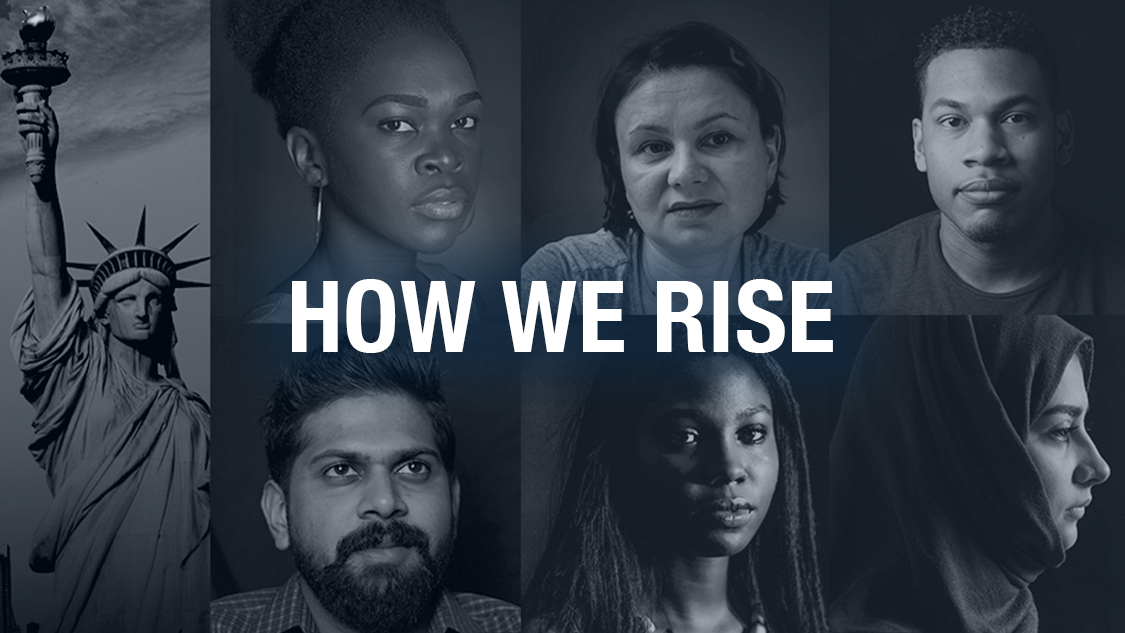
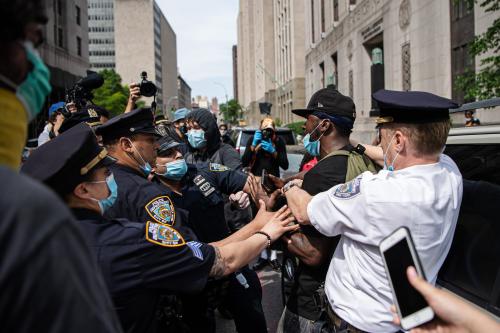
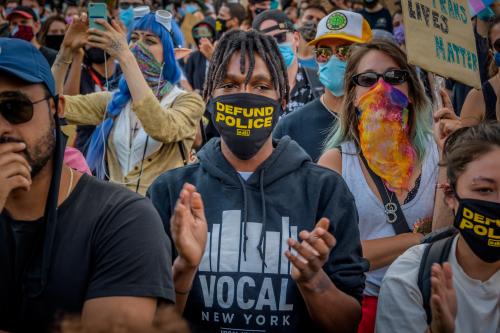
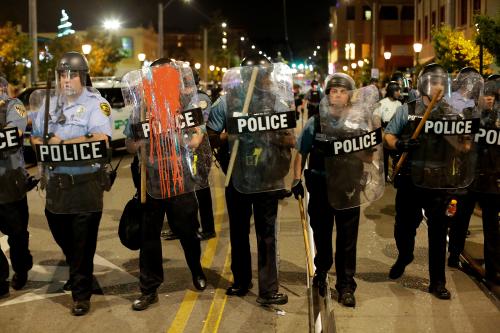
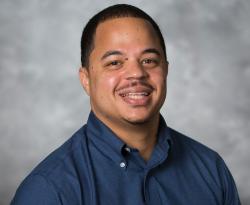



Commentary
There’s truth in numbers in policing – until there isn’t
June 26, 2020